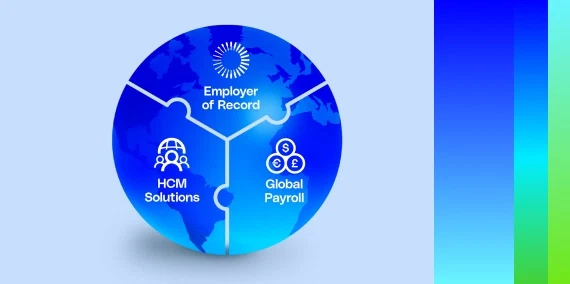“Why care about customer experience? Ultimately, customer experiences are going to make you more money — 80 percent more money,” declared Go Nimbly CEO Jen Igartua last week at the SaaStock 2022 event in Dublin.
Igartua reeled off several statistics to highlight her assertion. For instance, a Salesforce study found that 68 percent of customers expect companies to understand their unique needs and expectations. On the back of that, only 37 percent of customers say that brands generally demonstrate empathy.
“So ultimately, we’ve got this outcome where we know great customer experiences create more money for us, and most of us are not meeting it,” Igartua concluded.
Naturally, this leads to a key question: What is preventing companies from meeting these customer expectations to create an outcome of more money and growth? In Igartua’s experience, companies are unnecessarily siloing their businesses, making customers frustrated at the handover intersections between various teams.
And what is Igartua’s solution to this problem? Don’t let internal issues or conflicts interfere with your customer’s brand experience.
Let data guide your growth strategies.
To successfully grow their organizations, Charlie Weijer, Vice-President of Global Sales at Satrify, explained that company founders need to define what success looks like for their enterprise, outline where that value will come from, and then define the workflows that will achieve this success. Weijer also added that founders must “hire people that buy into your vision of what success looks like and then let data guide your decisions, not opinions.”
Chris Regester, CCO at Planhat, added to the conversation, noting that his blueprint revolves around providing lifetime value that consistently delivers renewals and upsells from a satisfied customer base.
“We think that value-led growth of any business is not so much about getting the initial sale or landing the customer the first time. It’s about how you develop that customer (relationship) over many, many years,” Regester detailed.
The war for talent is not such a big battle.
Unsurprising, the war for talent was at the tip of several conversations at SaaStock — one on which G-P’s Vice-President of Sales Nick Adams expertly weighed in on. Adams vouched for the benefits of remote work, noting the ability to hire talent from anywhere at any time as one of the many advantages.
“If you’re looking for skilled jobs and you have a short geography that you’re looking at, there is a war for talent,” said Adams. “But our understanding, belief, and mantra is that if you’re willing to look further afield, there is a lot of talent out there. Look at your markets, and I think you will find that this war on talent is not such a big battle after all.”
Adams then cited Mexico as an excellent example of the emerging talent hubs companies can tap into when looking for tech talent across the globe. As well as being bilingual and sometimes even trilingual, Adams noted that one in five students in Mexico graduate with a technical degree.
How G-P can help
According to Adams, workers prefer to be remote. For example, he called out that three out of four workers want to be out of the office entirely or partially. For this reason, retention is far easier with a remote workforce. That said, Adams warned companies that “there is a whole different art to managing a remote workforce.”
This is where G-P thrives, with nearly 10 years of experience helping companies expand internationally with the most robust legal team in the industry. Setting up an entity can be very difficult and time-consuming — if companies are targeting somewhere like India or China, it can even take up to 18 months. Partnering with G-P allows companies to bypass this obstacle and cut hiring time in these countries down to a few days.
As your partner in international expansion, G-P handles complex processes like hiring, onboarding, global payroll, and legal compliance, so you don’t have to. Through our marketing-leading SaaS-based platform, we help you tap into the interconnected workforce that technology has enabled — breaking down barriers to global business so you can hire anyone, anywhere. Request a proposal today.







